The idea for the Bridge of Peace was conceived in the early 2000s as part of a broader urban revitalization project for Tbilisi. The Georgian government sought to transform the city and create a modern landmark that would symbolize the country’s aspirations for peace and progress. Italian architect Michele De Lucchi, along with the Italian engineering firm Schlaich Bergermann Partner, was chosen to design and build the bridge. Their design envisioned a sleek, futuristic structure that would contrast with the historic architecture of Tbilisi while harmonizing with the surrounding environment.
Construction of the Bridge of Peace began in 2009 and was completed in 2010, in time for Tbilisi’s 2,540th anniversary. The bridge’s most distinctive feature is its undulating steel and glass canopy, which is illuminated by thousands of LED lights, creating a stunning visual display at night. The bridge spans the Kura River and connects two important districts of the city, Rike Park and Old Tbilisi.
The name “Bridge of Peace” was chosen to reflect Georgia’s desire for peace and reconciliation, particularly in the context of its ongoing conflicts with the breakaway regions of Abkhazia and South Ossetia. The bridge’s design, with its modern and open appearance, is meant to symbolize the country’s openness to the world and its commitment to a peaceful future.
The Bridge of Peace has quickly become one of Tbilisi’s most iconic landmarks and a popular tourist attraction. Its unique design and the mesmerizing light show it offers at night have made it a symbol of the city’s modernization and its hope for a brighter future.
Infrastructure around it
- Rike Park: As you approach the bridge from Rike Park, you’re greeted by lush greenery and contemporary sculptures. The park itself is an oasis of tranquility, a space where families gather for picnics, children laugh as they play, and couples steal moments of serenity amidst the bustling city.
- Historic Old Tbilisi: On the other side of the Bridge of Peace lies the enchanting Old Tbilisi, a labyrinth of cobblestone streets lined with charming, centuries-old buildings. The juxtaposition of this ancient district with the futuristic bridge is a visual testament to the city’s rich heritage and its forward-looking aspirations.
- Narikala Fortress: High above, overlooking the bridge and the city, stands the ancient Narikala Fortress. Its timeworn walls have witnessed the ebb and flow of history, and from its vantage point, you can marvel at the modernity of the Bridge of Peace while feeling the weight of centuries of stories in the stones beneath your feet.
- Kura River: The Kura River flows serenely beneath the bridge, reflecting the city’s vibrant lights at night. It’s not just a river; it’s a living witness to Tbilisi’s evolution, symbolizing the flow of time and the continuity of life in this remarkable city.
- Modern Amenities: Alongside the bridge, you’ll find modern amenities like cafes, restaurants, and boutiques. They offer a taste of both Georgian hospitality and international flavors, showcasing how Tbilisi is not just preserving its past but also embracing the world.
How to get there
- Walking: If you’re already in the city center, walking to the Bridge of Peace is a great option. The bridge connects the Rike Park area to Old Tbilisi, and it’s easily accessible on foot. You can enjoy a stroll through the historic streets of Old Tbilisi or start from Rike Park, which is adjacent to the bridge.
- Taxi: Taxis are readily available in Tbilisi, and they provide a convenient and quick way to reach the Bridge of Peace. Simply hail a taxi on the street or use ride-hailing apps like Bolt or Yandex. Taxi to request a ride. Most taxi drivers in Tbilisi are familiar with the location of the bridge.
- Public Transportation: Tbilisi has a public transportation system that includes buses and a metro system. While the metro doesn’t have a direct station at the Bridge of Peace, you can take the metro to nearby stations like “Liberty Square” or “Avlabari” and then walk to the bridge.
- Metro: Take the Tbilisi Metro to the “Liberty Square” (Tavisuplebis Moedani) station on the red line (Akhmeteli–Varketili Line) or the “Avlabari” station on the blue line (Samgori–Varketili Line). From there, it’s a short walk to the bridge.
- Bus: Various bus routes run through the city, and you can check local bus schedules to find a route that brings you close to the Bridge of Peace. However, buses might be less frequent than other modes of transportation.
- Hop-On-Hop-Off Tours: Tbilisi offers hop-on-hop-off bus tours that cover major tourist attractions, including the Bridge of Peace. These tours provide informative commentary and a convenient way to explore the city’s landmarks.
- Bicycle: If you enjoy cycling, you can rent a bicycle and pedal your way to the Bridge of Peace. Tbilisi has some bike-friendly routes, and cycling can be a unique way to explore the city.
Tours via The Bridge of Peace
Useful Tips
Visiting the Bridge of Peace in Tbilisi is a delightful experience. To make the most of your visit, here are some useful tips:
- Timing is Everything: Visit the bridge both during the day and at night. The daytime offers a chance to appreciate the architecture, while the evening showcases its mesmerizing LED light display.
- Comfortable Footwear: Wear comfortable walking shoes, especially if you plan to explore the surrounding areas on foot. The old streets of Tbilisi can be uneven.
- Weather Considerations: Check the weather forecast before your visit. Tbilisi experiences hot summers and cold winters, so dress appropriately for the season.
- Photography Paradise: Bring your camera or smartphone to capture the bridge’s stunning architecture and beautiful surroundings. It’s a photographer’s dream, especially at sunset and after dark.
- Nearby Attractions: Explore the neighboring attractions, such as Rike Park, Narikala Fortress, and Metekhi Church. They offer a deeper understanding of Tbilisi’s history and culture.
- Currency Exchange: – Have some Georgian lari (GEL) in cash for small purchases or entrance fees at nearby attractions. Major credit cards are accepted at most restaurants and shops.
- Language: – While many Georgians in the tourism industry speak English, it’s helpful to learn a few basic Georgian phrases as a sign of respect and to facilitate communication.
- Safety: – Tbilisi is generally a safe city, but like in any urban area, be aware of your surroundings and take precautions against pickpocketing, especially in crowded areas.
- Plan Ahead: – Finally, plan your visit, and check the opening hours of any attractions you wish to explore in the vicinity of the Bridge of Peace.
With these tips in mind, your visit to the Bridge of Peace and the enchanting city of Tbilisi will be a memorable and enriching experience.
The Bridge of Peace on a Map

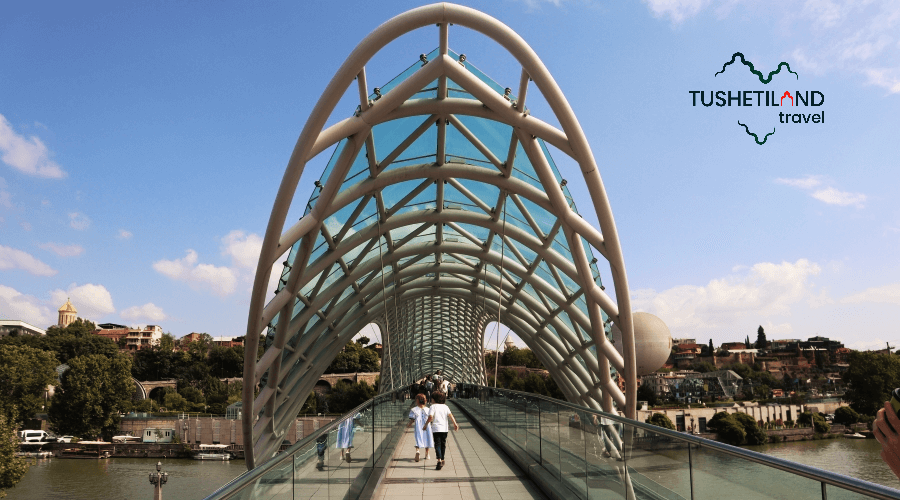
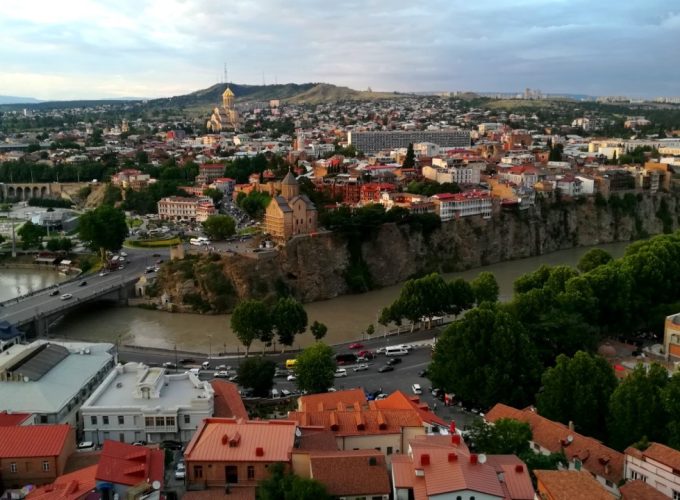
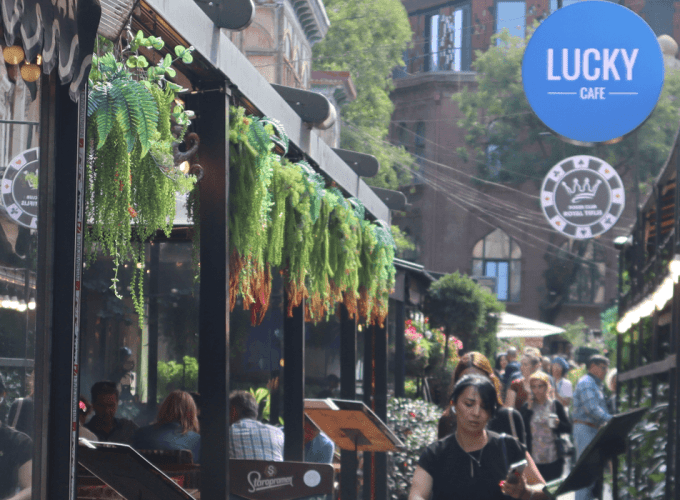
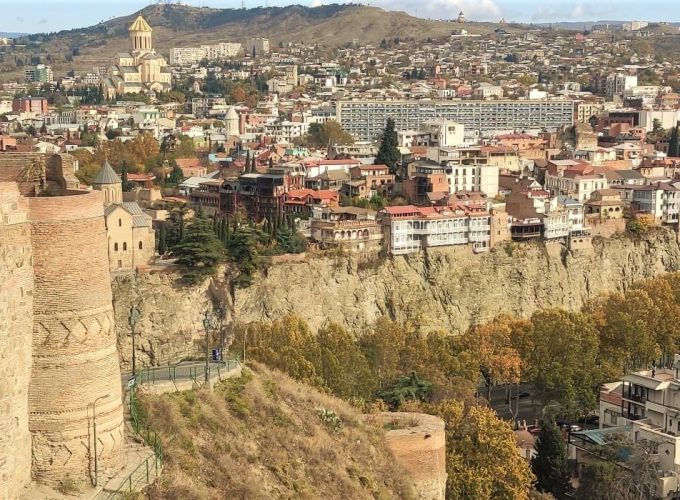
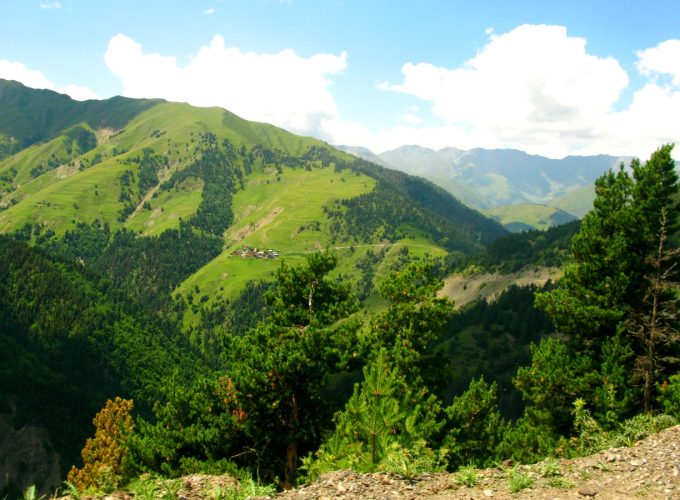
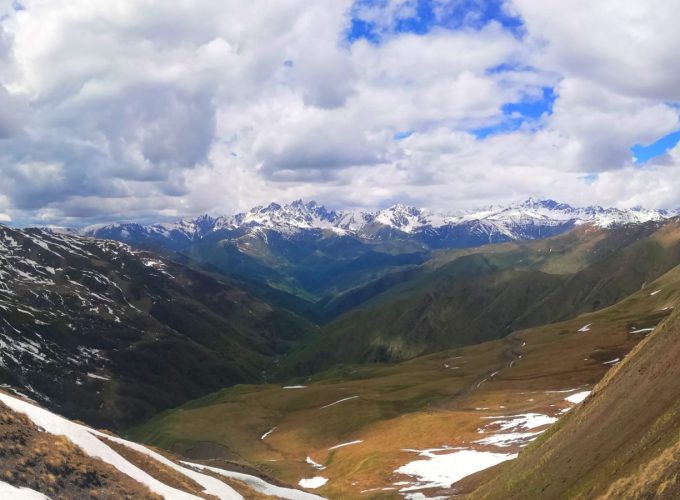
Comment (0)